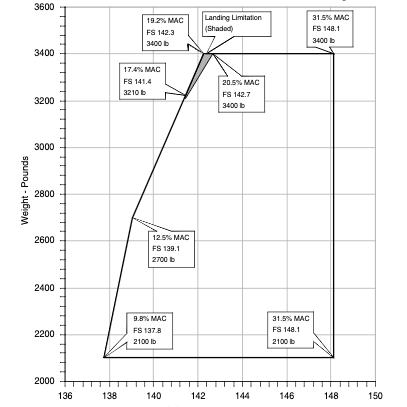By Garance Hacker
When travelling on commercial flights, weight restrictions on luggage can be a hassle for travellers. Taking into account the precise dimensions of hand luggage and the weight limit for hold luggage, packing can be a real headache. But why is there a weight limit on luggage? That is what we will explain in this blog. This depends on two important elements: the first is that the aircraft should not be overloaded, and the second is that the balance of the “weight and balance” of the private jet must be constantly monitored and calculated correctly. If you would like to know more about how much baggage you can take along in an air taxi, do check the related blog.
Calculation of the maxium aircraft weight
First, it is important to know that airplanes have a limited maximum weight also called the Maximum Take-Off Weight (MTOW) that must not be exceeded. Additional weights, such as fuel, passengers and luggage, are added according to precise calculations. This is also related to what is called the “weight and balance” of the aircraft or private jet.
The time that an aircraft will travel during a flight will also be taken into account into the calculations. The further the destination is from the departure point, the more fuel the aircraft will require to reach its destination without a fuelstop.
The empty weight, or the total weight of the aircraft and all its contents, minus the total weight of the usable fuel on board, is added to the fuel reserve and the fuel weight required to reach the destination. To be able to carry enough fuel for the flight without exceeding the maximum weight of the aircraft, airlines limit the amount and weight of baggage per passenger. Therefore, for longer flights the limit is even lower than for shorter flights. With private flights it is often possible to make a stop for refuelling, which reduces the weight of the total baggage.

Effect of weight on performance
The reason why the concept of Maximum Take-Off Weight (MTOW) is so important is that there can be safety risks. Indeed, an overloaded aircraft will see its cruising speed reduced and the stall speed increased. In short, take-off will be slower and more difficult, and landing will be quicker. As an example, an overloaded aircraft could damage the aircraft’s tyres which will not be able to bear the weight of the overload.
If the overloading is repeated over time it will ultimatelly damage the aircraft’s components.
Weight and balance definition
“Weight and balance” consist of distributing the weights in such a way as to balance the aircraft according to its centre of gravity. The latter depends on the weights loaded on board like fuel, baggage, number of people, etc. The centre point of gravity is generally located towards the front of the aircraft.
For each flight and aircraft the weights should be distributed correctly, hence it is necessary to know the empty weight of the aircraft (without usable fuel). Pilots can find this information, called a weight sheet, in the flight manual.
How is the “weight and balance” calculated for a private jet?
To calculate the “weight and balance”, all masses are taken into account, including fuel, the empty weight of the aircraft, the number of passengers and baggage.
Firstly, the mass is multiplied by the different “leverage arms”, this results in what is called a “moment”. The “leverage arm” is the distance between the point where a mass is added and the centre of gravity. All “moments” driven by the aircraft’s masses, people and luggage masses must be added together.
Finally, it is determined whether the results obtained are within the acceptable limits of the centre of gravity, using a graph like the one below:

Private jets are still the best alternative for luggage
Having read all about “weight and balance” and the importance of limiting the weight of luggage on the plane, you should know that for a private jet the luggage limits are no less important than for a commercial flight. Indeed, in an air taxi the limit may be more reduced, but it is possible to ask for an extra stop for fuel and take the desired amount of luggage with you.
You can find out more about the reasons of flying by air taxi with Fly Aeolus in this blog. For more answers to your questions, you can consult our list of frequently asked questions (FAQ).
If you are interested in travelling by air taxi, Fly Aeolus serves over 1600 destinations in Europe. To get an idea of the cost of your trip, you can use our price calculator.
For further information, you can send us an email at: info@flyaeolus.com or call us at + 32 (0)3 500 9082.